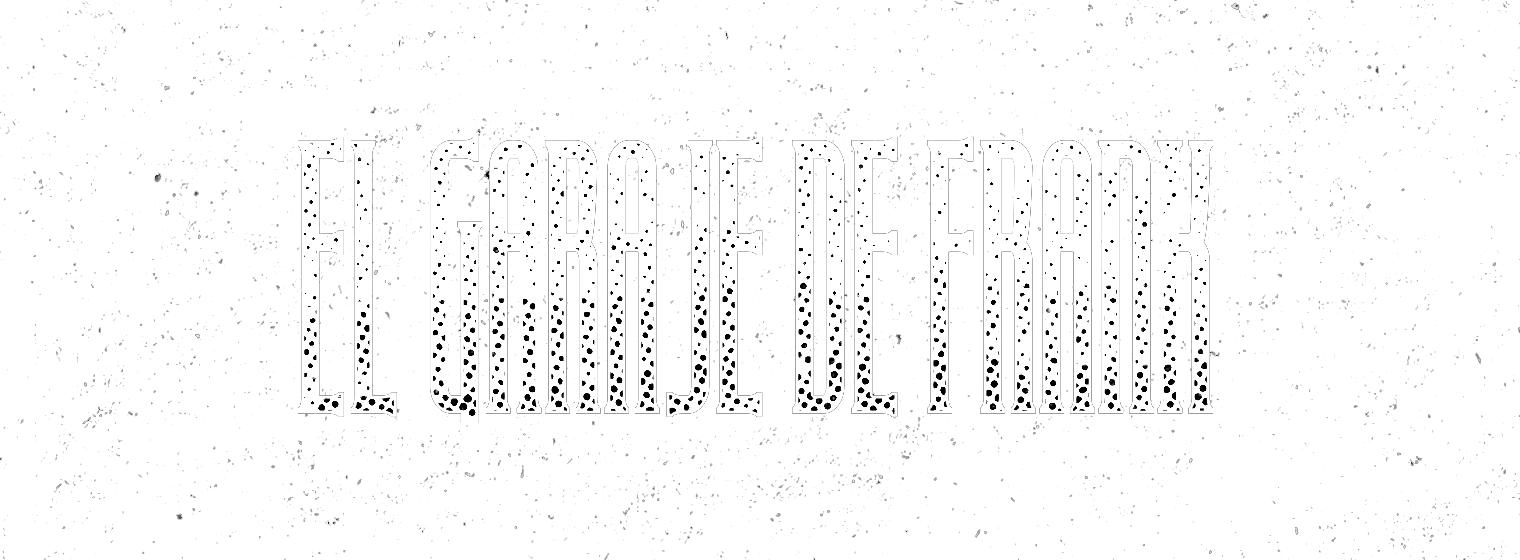After watching the first season of The Last of Us, I thought I was sufficiently prepared to review this album, Soul Music for Zombies, from which I was really expecting something like a horror soundtrack. The composer, Jean-Marc Lederman, is known for his concept albums, like the homage to Walter Carlos‘ The Well-Tempered Synthesizer, the dedicated to the music for dinosaurs, the one about the last voyage of the Titanic or the last one focused on the aquatic world. So I thought that, on this occasion, the former member of The Weathermen had made an album of terrifying Goblin-like synthesizers music. But no, Mr. Lederman is also known for his ability to surprise, and here, we have no zombies, no horror music, no even infected. Soul Music for Zombies seems to be a tribute to a bygone, lost era, to a culture that has become a living dead. Lederman wants to resurrect that culture here, using sounds of the era but mixed with industrial tints and his wide range of electronic tricks.
This journey into the past begins with “Blue Note”, an original tribute to the jazz label, in which, using spoken world, a narrator tells us the birth of the term, coined by the writer George Sand. He continues with the first steps of the genre, right up to the creation of the legendary record label. Accompanying the vocals are a series of improvisations on piano, saxophone and drums reminiscent of the genre mixed with Mr. Lederman‘s peculiar electronica. “She is my Candy Cane” mixes classic jazz and blues sounds with electronica and industrial touches in an amazing way. “Didn’t Your Mother Tell You How to Behave” is an original electro-blues track with strange sounds that sometimes make me think of classic video games music. “Andante Ma Non Tropo” references the zombie theme in the title and is a strange piece, with a more classical sound and spectral backing vocals. “The Music Walks Again (The Robert Johson Story)” features Emileigh Rohn on vocals and is a haunting track in which the artist also known as Chiasm sings wonderfully, as always. It reminds me of the dreamier parts of the remarkable albums they have recorded together as Rohn – Lederman. The track speaks of the legend of Robert Johson selling his soul to the devil. “Be My Girl” is dubby electronica that maintains the atmosphere of the previous track. “Murder (Running, Running, Work, Work, Work)” is a faster song, sounding more industrial but with processed vocals that bring the track closer to modern R&B. The album continues with an unrecognisable version of “I put a spell on you” with keyboards and vocals in the background. “La Dolce Vita,” is another peculiar composition, with a chorus and strange sounds that ends with a danceable beat. “O Super(wo)man (Nod to Laurie)” is a tribute to Laurie Anderson, composer of the impossible hit “O Superman”, a fun track with R&B vocals. We finish with “Ding Dong”, another strange piece of futuristic R&B.
Jean-Marc Lederman delivers another fantastic album to add to his incredible discography. Surprisingly, it sounds very modern, perhaps because of the great success that R&B and vocals with effects have today. But I wish mainstream music sounded like this.



